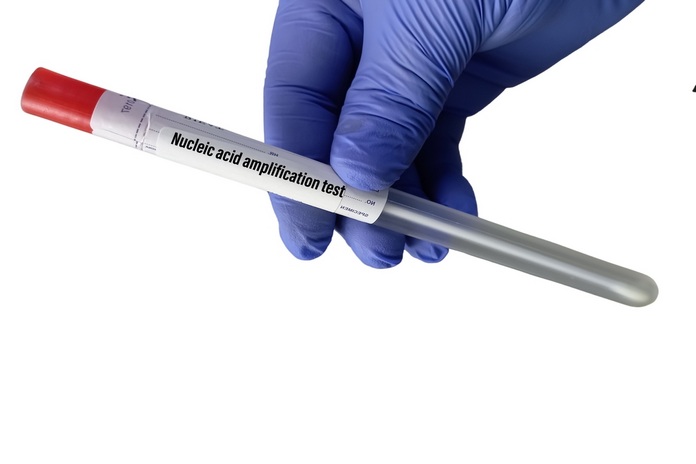How Trichomoniasis Is Diagnosed?

The diagnosis of trichomoniasis is typically made by clinical examination and confirmed through laboratory testing. The most common test used to detect trichomoniasis is a wet mount exam, which looks for the presence of T. vaginalis cells in vaginal secretions. Other tests that may be used include culture and nucleic acid amplification tests (NAATs). (5)
Physical examination
The diagnosis of trichomoniasis is typically made based on a clinical examination. This includes taking a medical history and examining the genital area for signs of infection, such as discharge or lesions. A laboratory test is also often performed to confirm the diagnosis.
Microscopic examination
The diagnosis of trichomoniasis is typically made based on a patient’s history and physical examination findings, but can be confirmed with a microscopic examination of a specimen taken from the affected area. This examination can identify the presence of T. vaginalis parasites in the sample.
Microscopic examination is the mainstay of diagnosis for trichomoniasis. The detection of motile trichomonads in vaginal secretions or male urethral specimens confirms the diagnosis. The presence of clue cells, epithelial cells with adherent bacteria, is also suggestive of trichomoniasis.
Wet mount exam
A wet mount exam is a common diagnostic tool used to identify Trichomoniasis. A sample of discharge from the vagina or penis is taken and placed on a glass slide. The slide is then examined under a microscope for the presence of the parasite.
Culture test
The most common way to diagnose trichomoniasis is by performing a wet mount examination of vaginal secretions; however, this test is not always accurate. A culture test is more accurate and can be used to identify the specific type of Trichomonas vaginalis. During this test, a sample of vaginal secretions or urine is collected and sent to a laboratory for analysis. The presence of T. vaginalis bacteria confirms a diagnosis of trichomoniasis.
NAATs test
Nucleic acid amplification test is the most accurate test for diagnosing trichomoniasis. These tests use molecular techniques to detect the presence of trichomonads in a sample of urine, vaginal secretions, or semen. NAATs can be performed on a variety of specimen types, including those that are not always easy to collect, such as semen. As a result, NAATs play an important role in the diagnosis of trichomoniasis.
